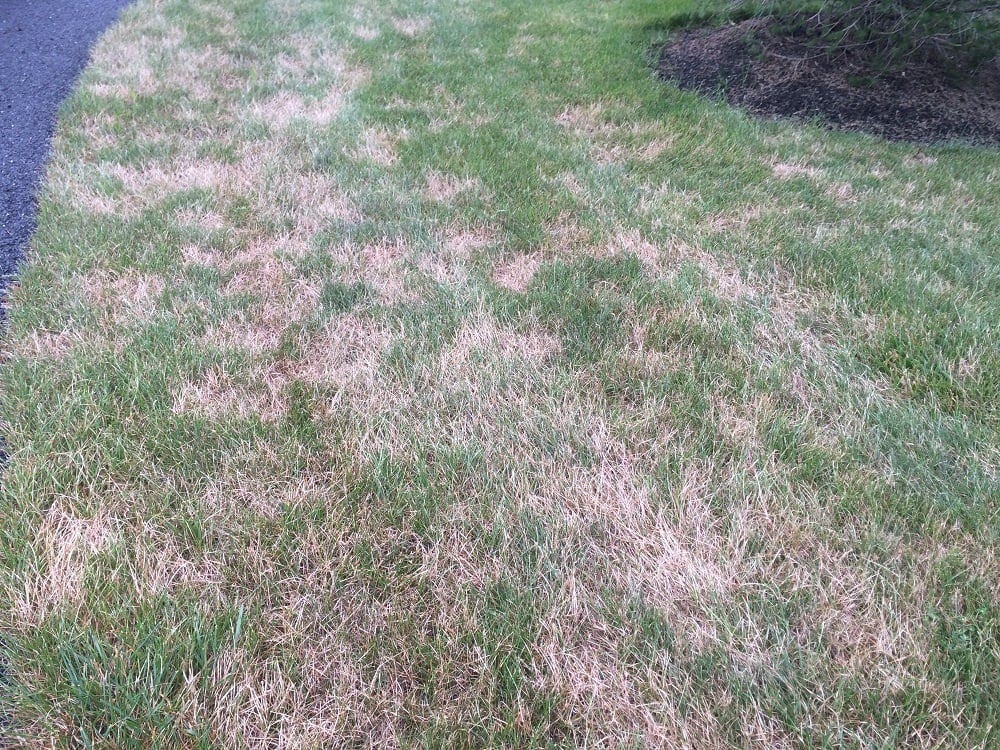
When you’re dealing with lawn problems, whether it be lawn color issues or thickness, it can be frustrating—especially if you have no idea what’s wrong. One day everything might have seemed fine and suddenly your lawn is having major issues.
Whether you suspect that you made a mistake, another lawn care company messed up, or you inherited an existing problem when you moved in, all you care about is an effective resolution.
Lawn care can be puzzling and it’s not always that easy to figure out what’s wrong. But the best way to start getting to the bottom of it is to take a closer look at the symptoms.
There are various warning signs that something is wrong with your grass. Here are 5 of the most common signs to watch for.
Of course, those are all symptoms and not the cause of the problem. If you’re wondering Why is my grass dying? then you’ll also need to get to the heart of the problem.
Let’s look at some of the most common culprits of those 5 lawn problems we’ve listed above.
There are a number of different lawn diseases that can cause some of the symptoms mentioned above. Powdery growth on the lawn is a tell-tale sign that you’re dealing with a lawn fungus, however, not all diseases cause that symptom. Some may cause lesions or spots on the grass and others may just cause an overall decline in health that could lead to lawn color issues.
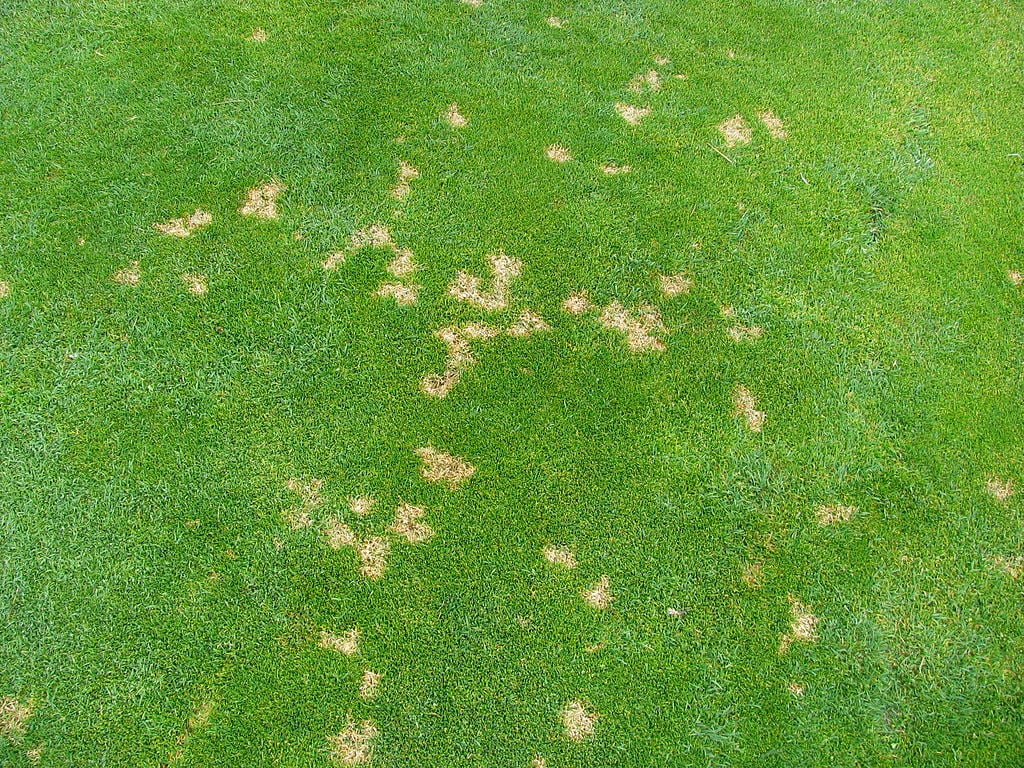
If you suspect that you’re dealing with lawn disease, it’s important to get a professional diagnosis. While turf diseases are similar in some ways, there are some that will warrant different treatments. In some cases, the treatment may include a professional application of fungicides but other times, it may just be a matter of adjusting cultural practices. This is why it’s best to talk to a pro.
Another common culprit to lawn problems is surface-feeding lawn insects. Signs that insects are feasting on your grass usually start with lawn color issues. As the insects destroy the grass, one blade at a time, it will start to change color—likely in patches, where the insects are actively feeding.
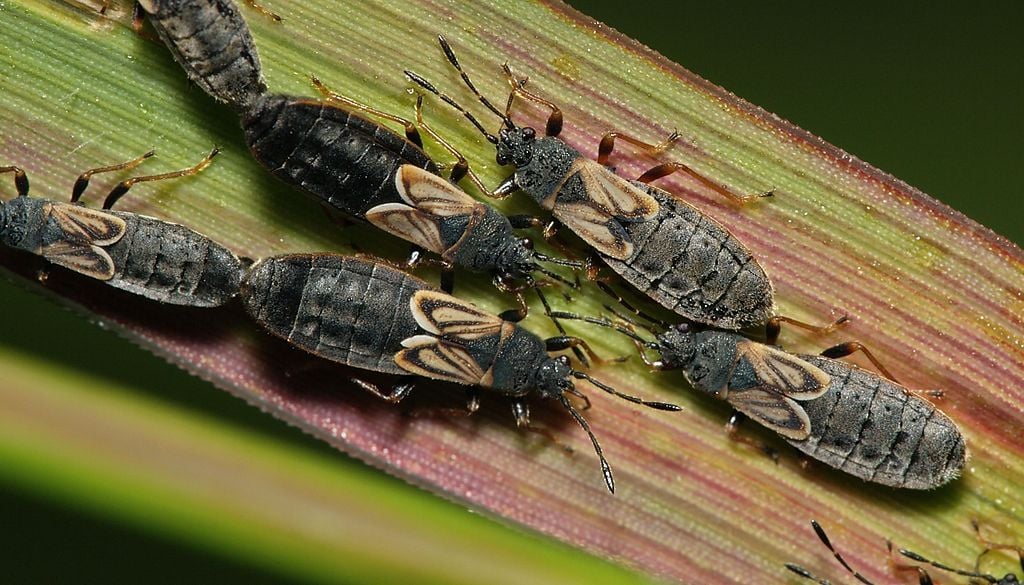
If you suspect that you have a lawn insect problem, a professional can determine what insects you might be dealing with and how to best approach getting rid of them.
Another common lawn problem is lawn grubs. Though instead of feeding at the surface, grubs feed on grassroots. Because you can’t easily see them, grubs may be causing damage without you even knowing it.
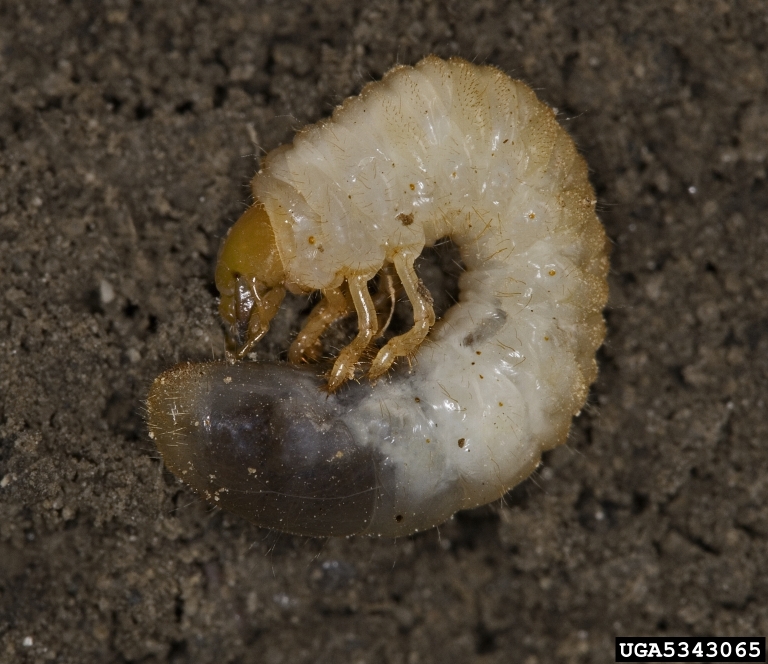
As they feed, the grubs are detaching your lawn from its roots which will lead to the grass pulling up—symptom number 5 on our list. If your grass is pulling up and you see white c-shaped pests beneath it, you are dealing with grubs.
Grubs are highly destructive and have the power to do a lot of damage which is why preventative grub control is ideal. However, grubs can also be approached curatively at the first sign of a problem.
Sometimes, what’s being performed (or not performed) on your lawn is part of the problem. For instance, did you know that improper mowing, such as mowing the lawn too short, can lead to serious lawn problems including lawn color issues (mostly yellowing) and even thinning.
Similarly, irrigation practices can also make a world of difference. When lawns receive too little (or too much) water, problems can start to arise.
Mistakes made during lawn care, such as misapplication of product, can also cause lawn problems. For instance, if too much lawn fertilizer is applied to the lawn, it can cause a burn which will start off as discoloration but ultimately cause the grass to die.
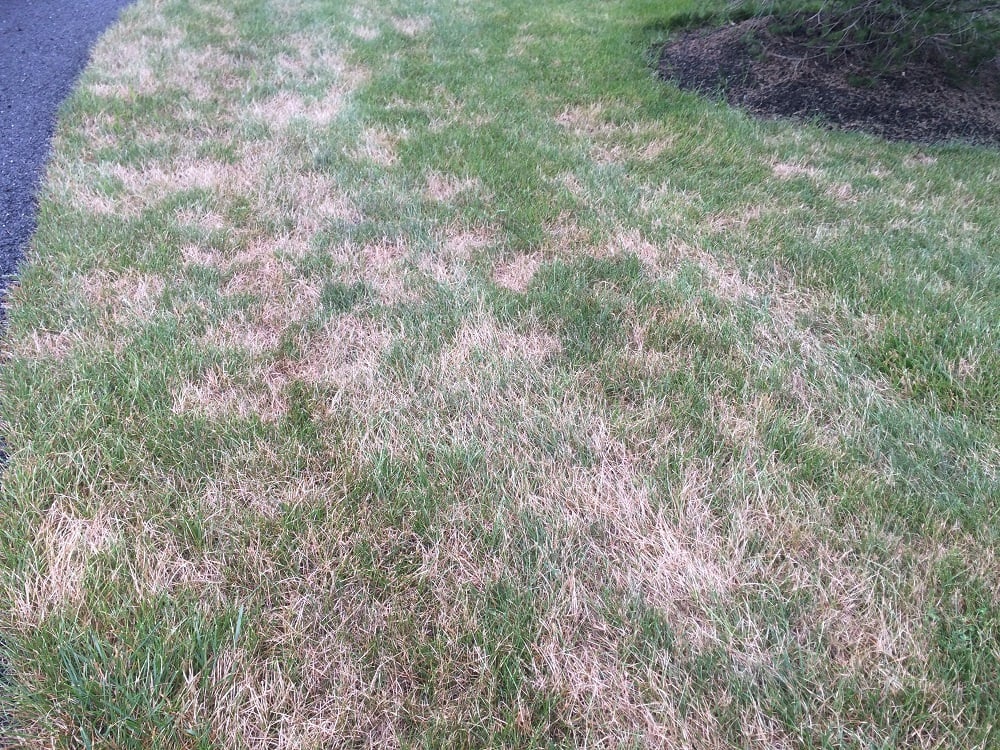
Whether you’ve made this mistake or had a lawn care company make it, you know that it can be a frustration.
Whether you’re experiencing one or more of these lawn problems, you know that getting to the bottom of what’s going on is important. Without a proper diagnosis, you can’t possibly get on the right path to restoring your lawn’s health.
Of course, it’s not as easy as it sounds to diagnose problems. Lawns can exhibit multiple symptoms and even be dealing with multiple problems at once.
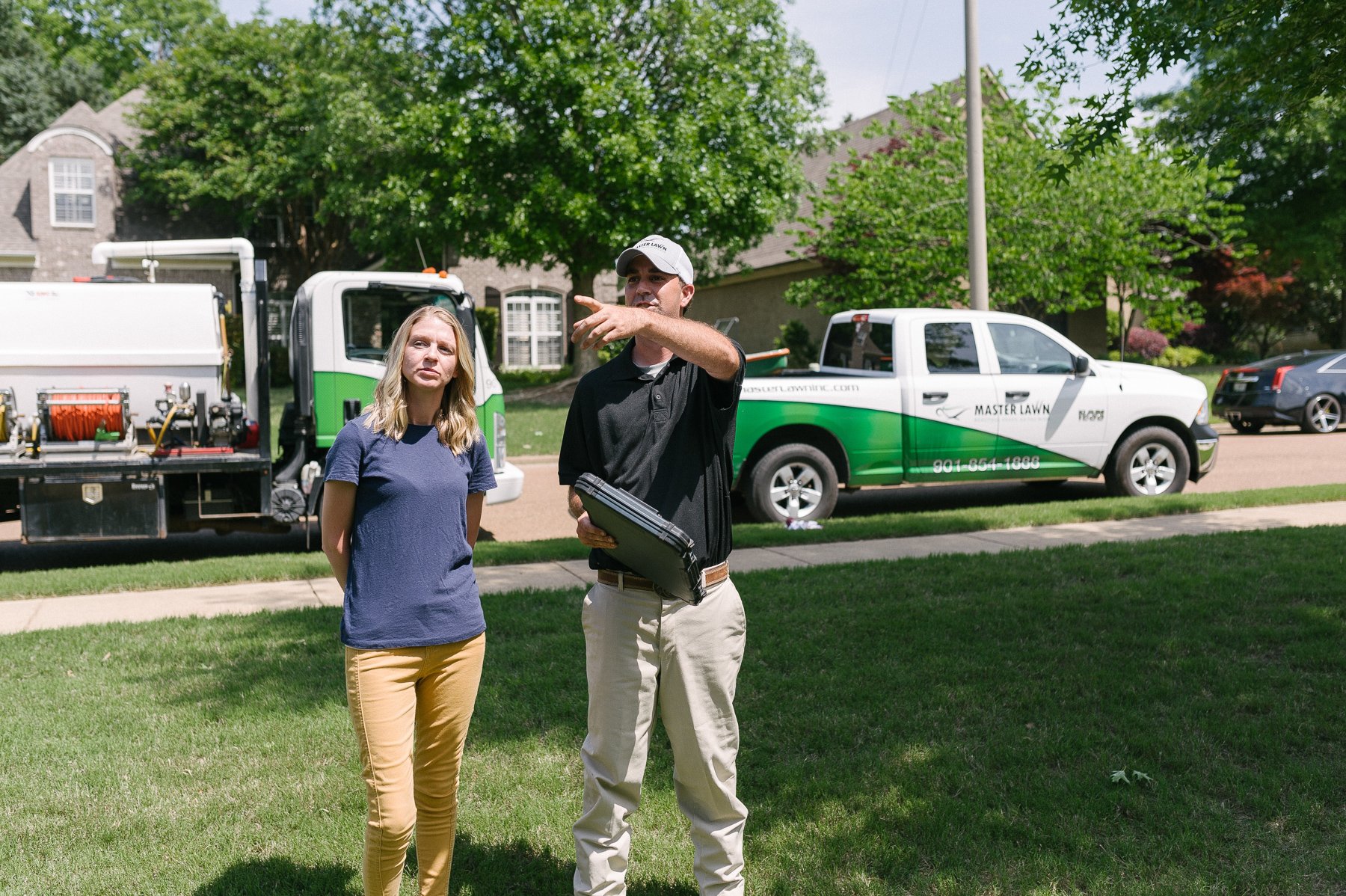
That’s why your best bet is to work with a lawn care company in the Memphis, TN or Olive Branch, MS area who will understand what’s going on with your lawn. This is important as getting the right treatment for your exact problem (or problems) will get you on the road to recovery. It will also prevent you from applying the wrong solution to a problem—which can actually exacerbate some issues.
By choosing a lawn care professional to handle your lawn problems, you’ll be able to feel confident that your lawn is getting back on track. Instead of continually worrying “What’s wrong with my lawn?” you’ll be able to get back to simply enjoying it.
Ready to be able to stop worrying about what’s wrong with your lawn at your Tennessee or Northern Mississippi home? Talk to a lawn care expert, choose from 3 program options, and become the master of your lawn.
Image Sources: dollar spot, chinch bugs, grub
Michael Hatcher is Founder / Chairman of Michael Hatcher & Associates.
These Stories on Lawn Care
8255 Center Hill Rd
Olive Branch, MS 38654
8164 MS-178
Olive Branch, MS 38654
Phone: (901) 445-9336
Fax: (901) 853-7353
Copyright © Master Lawn | All Rights Reserved.